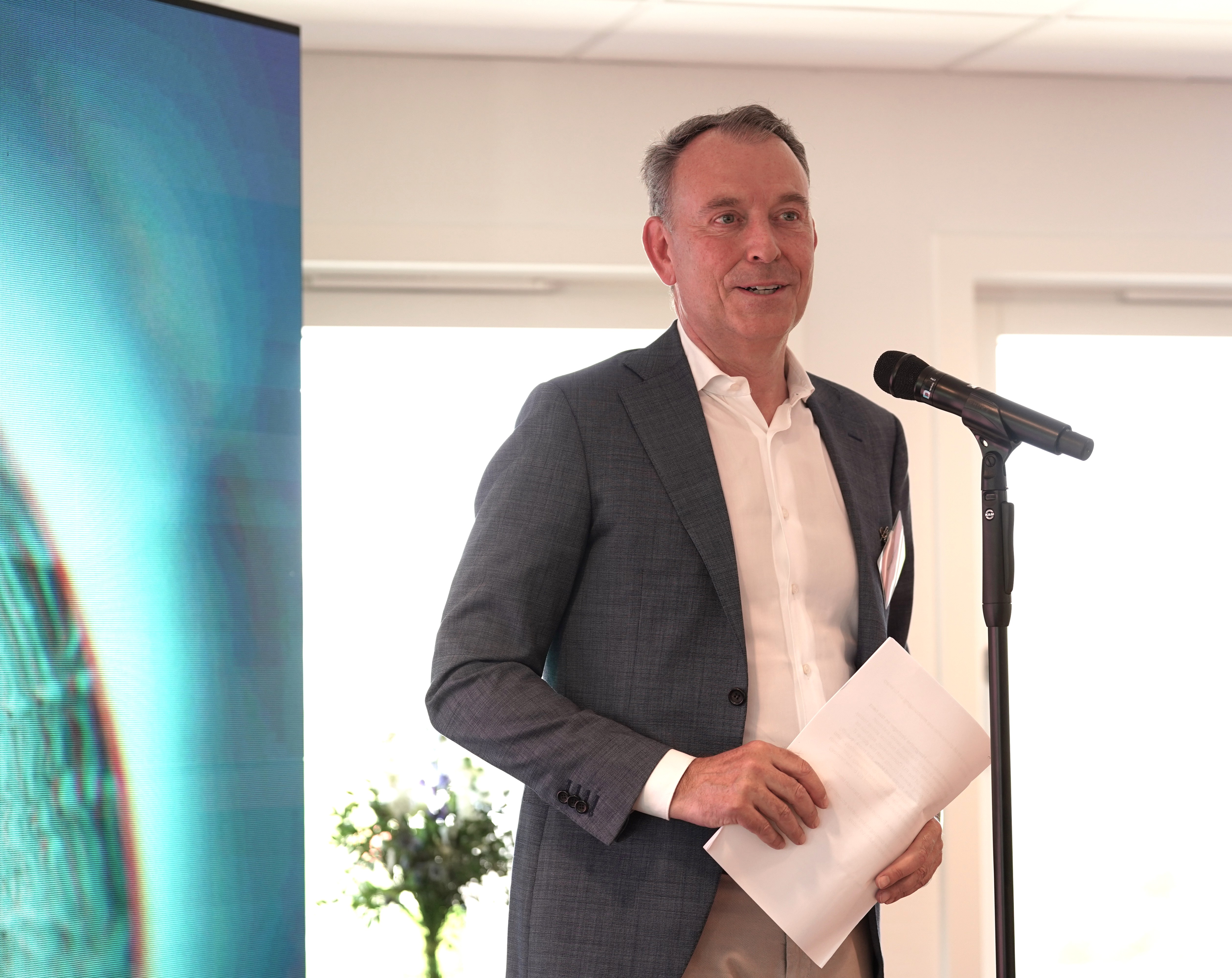At SynBioBeta SF 2017, a Fireside Chat with George Church on How Biology Meets Artificial Intelligence
While attending SynBioBeta San Francisco 2017 taking place Oct. 3 through 5 at the Mission Bay Conference Center, you’ll want to make a special note of the Fireside Chat set with George Church as he discusses how Biology meets Artificial Intelligence. A certain conference highlight, this session will feature the brilliant, prolific, and sometimes controversial George Church, professor of genetics at Harvard Medical School, founder of 15 companies in synthetic biology, and architect of several of science’s most path-breaking inquiries into the genome and human brain. A CRISPR pioneer and founding investigator of the Human Genome Project and Personal Genome Project, Church was among a group of scientists who proposed the $100 million BRAIN Initiative that President Obama launched in 2014. Church has made headlines with his effort to engineer the wooly mammoth back into existence and by giving Stephen Colbert 20 million copies of his 300-page book, “Regenesis: How Synthetic Biology will Reinvent Nature and Ourselves,” that he had encoded in DNA.More recently, he made news by organizing at Harvard a closed meeting that explored the feasibility of “de novo synthesis,” the creation of a human genome entirely from scratch. The second GP-Write meeting was held in May in New York and you can watch the keynote presentation here.A website maintained by Church’s lab makes it easy to keep up on the full scope of its work. Asked to identify the areas of greatest opportunity in synthetic biology, he offers the following short list, any of which he may discuss in his Fireside Chat:Gene Drives for Wild Populations. CRISPR/Cas9 gives researchers a tool to edit the genes of any sexually-reproducing animal or plant in the wild. By “knocking out” certain gene functions in, say, mosquitoes, Church says it will be possible to eliminate such diseases as malaria or the Zika virus. Gene drives also may enable us to control invasive species and modify corals that resist bleaching caused by warming seas.Engineering Pigs for Transplantation. Scientists have been intrigued for decades by the potential for growing in pigs such organs as kidneys, livers and hearts for transplantation into humans. A major obstacle has been the potential for infection by viruses embedded in the pig genome. Using CRISPR/Cas9, Church and his colleagues appear to have overcome this hurdle by inactivating 62 porcine endogenous retroviruses in pig embryos. Viral Resistant Genomes. Researchers led by Church and Joe Jacobson, associate professor MIT’s Media Lab, have come up with a new “search and replace” method for rapidly and inexpensively editing large numbers of genomes in living cells. Their new editing tools can be used to engineer cells that have radically different properties, including resistance to infection. Viruses can’t make their own proteins, so they hijack host genomes and force them to make viral proteins; Church’s team wants to scramble the genetic code in a way that leaves its functions intact but makes it unrecognizable to viral invaders. The BRAIN Initiative: New Research and Techniques. While investigators have tools that enable them to record the activity of single neurons in living humans, they need new tools to decipher the exact patterns of brain activity that underlie thinking and behavior. Such breakthrough methods could “begin to bridge the gap between the ring of neurons and cognition: perception, emotion, decision making and, ultimately, consciousness itself,” says Church. Complex synthetic biology has a huge advantage over electronics in coming up with these tools because “all of those tools are bulky,” he adds. “They’re millions of times larger than the equivalent synthetic biology components for reading and writing systems that are capable of deep learning.”George Church will be participating in a Fireside Chat session: How Biology Meets Artificial Intelligence at SynBioBeta SF 2017 in October. Please check out the event website for more details on this event.




.svg)








-min.png)


.gif)